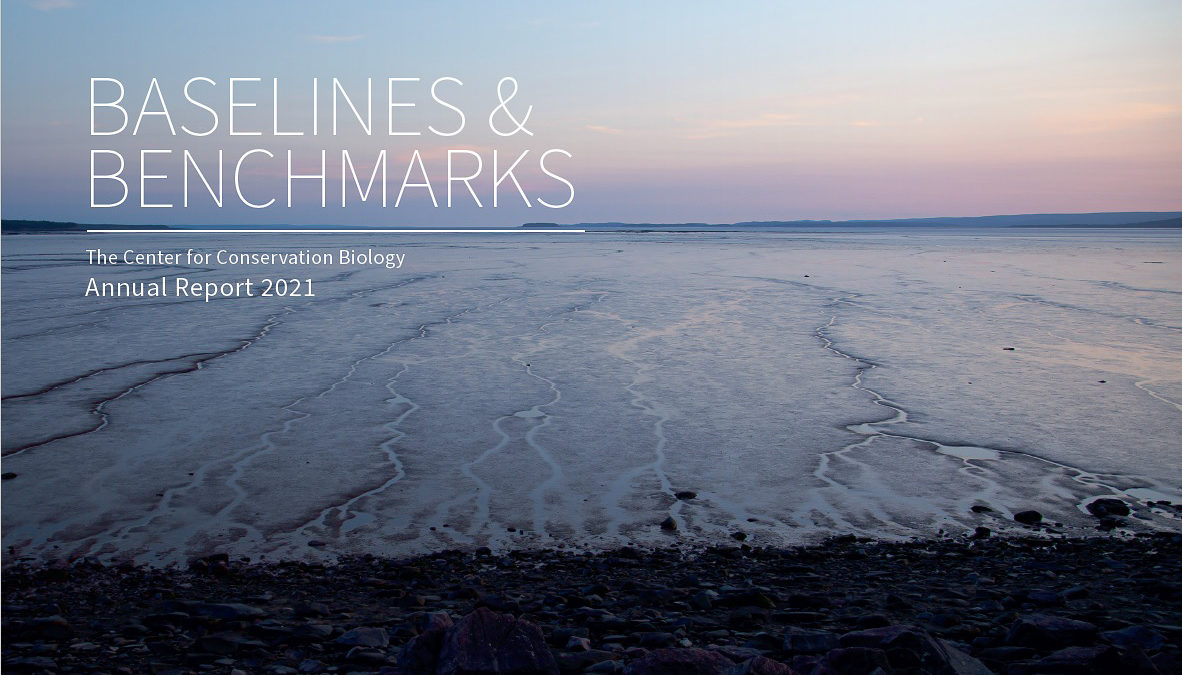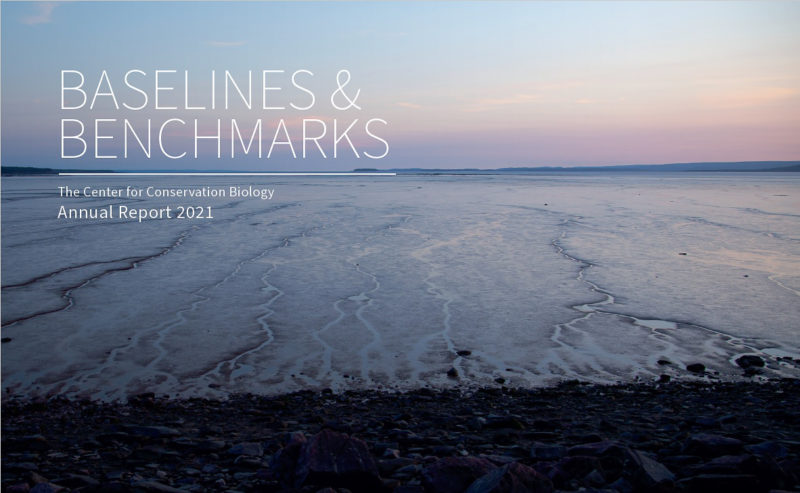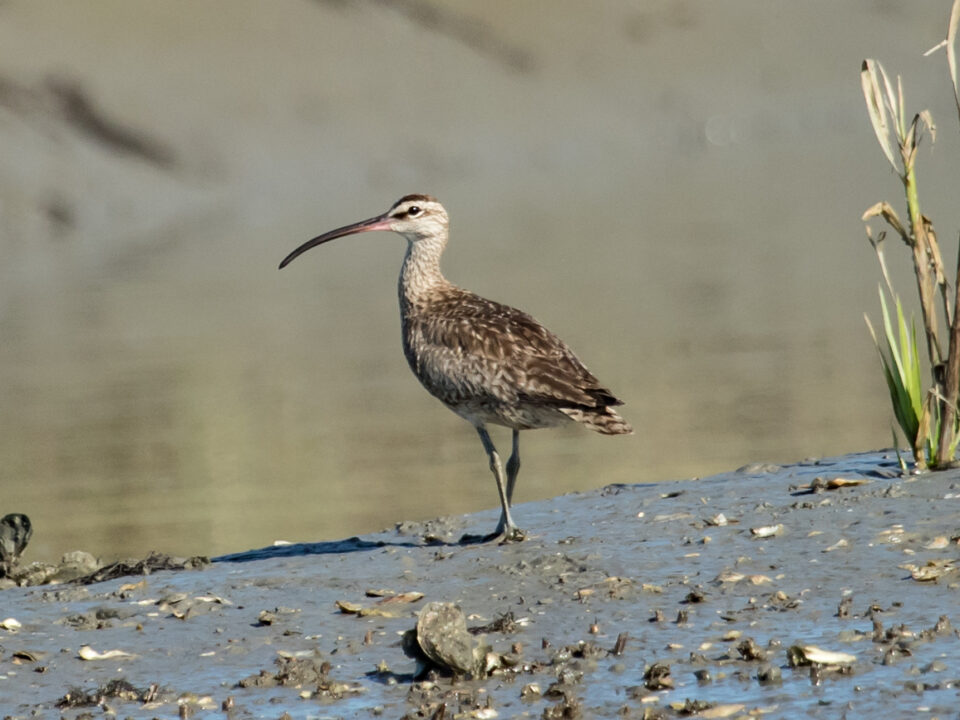Baselines and Benchmarks

The annual cycle of whimbrels
January 13, 2022
Nightjar Network to Begin Exciting New Chapter
April 2, 2022By Bryan Watts
1/14/2022
Our perception of the natural world around us is shaped by first-hand experience. But our world is rapidly changing and through generation upon generation our baselines are shifting. Today, we think little of traveling two hours for the privilege of hearing a species that was part of everyday experience in the time of our grand parents. As conservation biologists, one of our greatest fears is that one day a generation will wake up with no awareness that the species ever existed – that a choir of 10,000 unique voices will fade into the haze of generational amnesia.

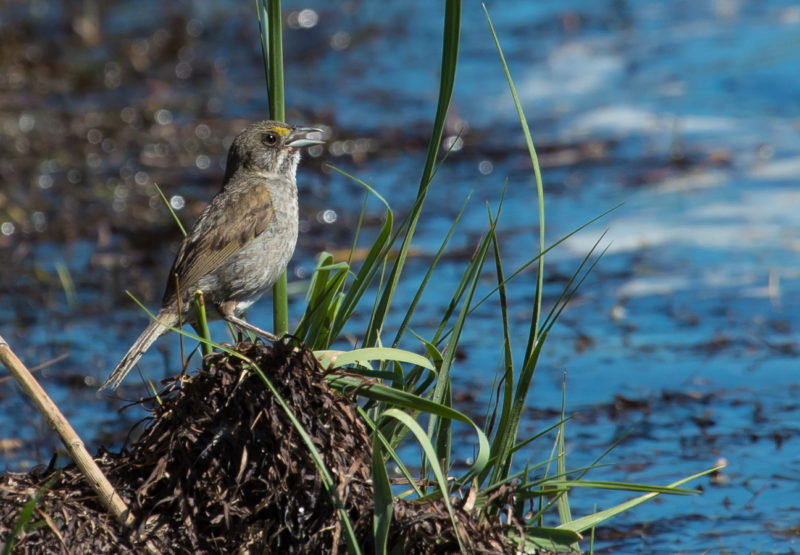
As observers we stand along the shoreline and marvel as the osprey dips down and plucks a fish from the water. As scientists we stand along the same shoreline and wonder how many osprey would have fished these waters a century ago. Our charge is to measure the rise and fall of populations in order to inform societal decisions. Quantitative comparisons back to previous benchmarks are how we assess population change. One of our frustrations is the dearth of credible population benchmarks from the past. Without points of reference, we are lost on a featureless sea without any sense of direction.
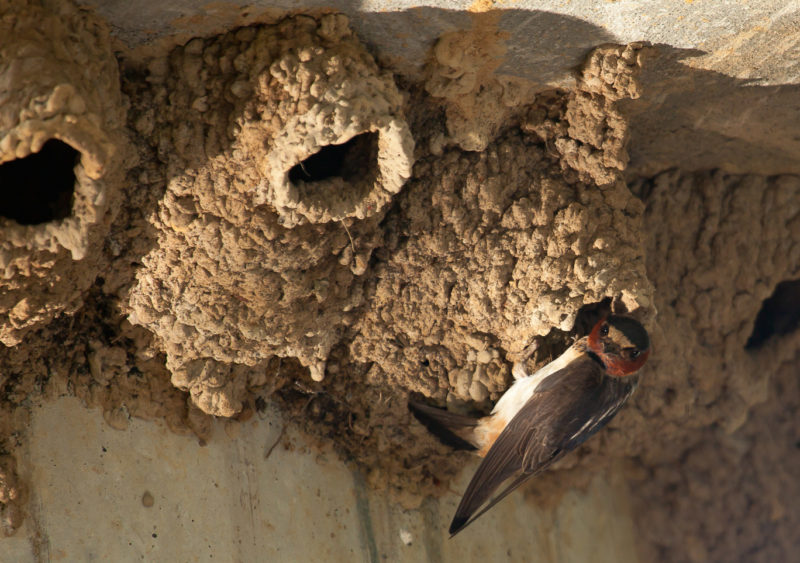
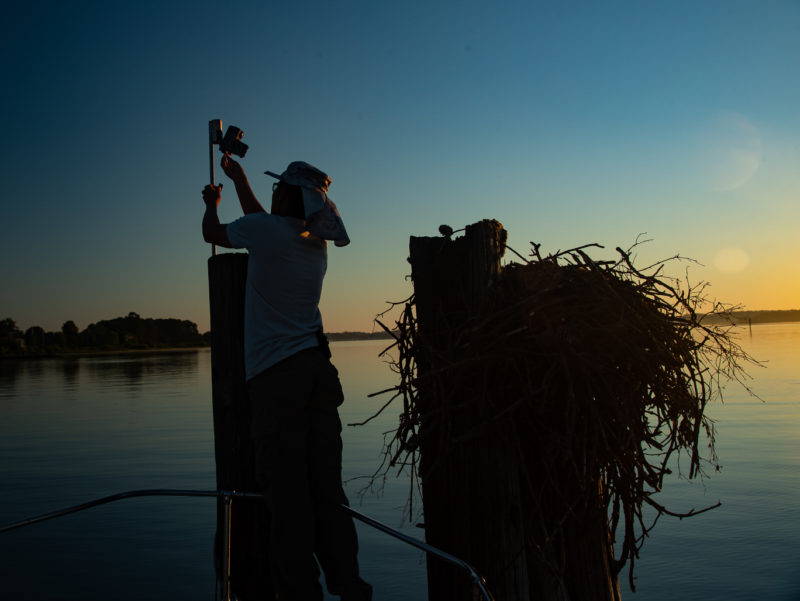
Establishing population and ecological benchmarks has become a specialty of The Center for Conservation Biology. We have established hundreds of benchmarks. Beyond considering the integrity of the benchmarks themselves, we have given care to repeatability. These benchmarks are gifts to future researchers and managers who will be charged with safeguarding the natural world into the future. They will be referenced over and over through the generations to come. The brief 2021 CCB annual report is dedicated to our work establishing benchmarks.

